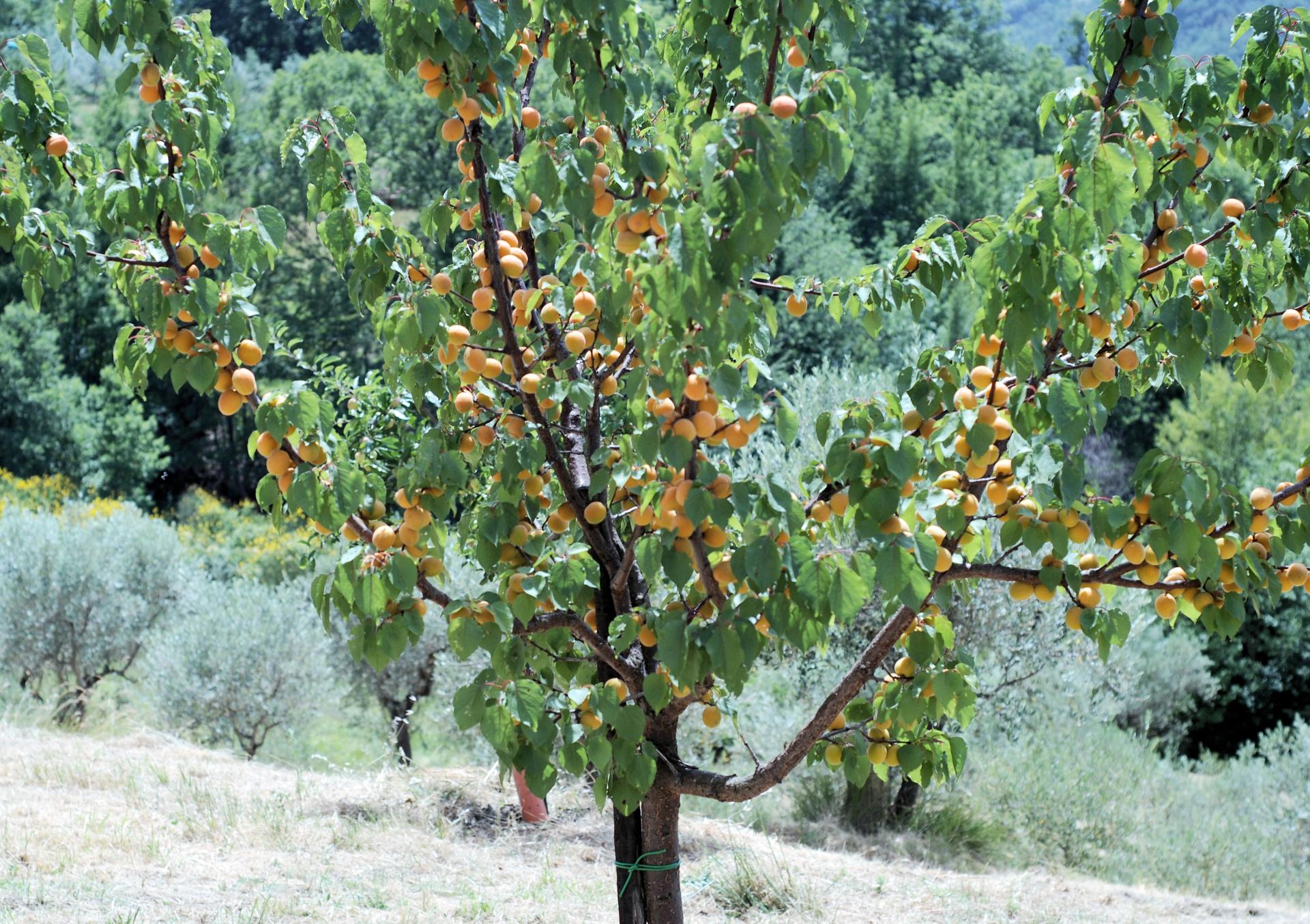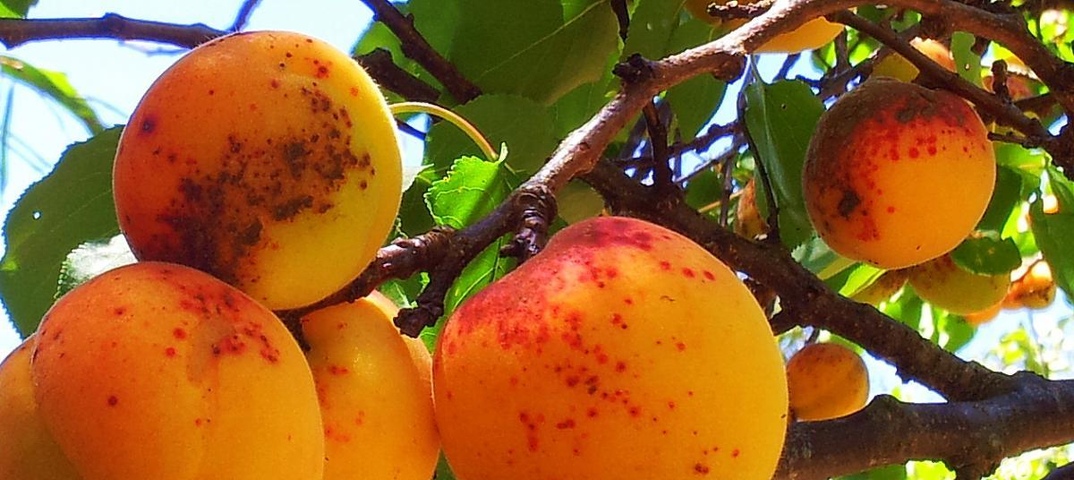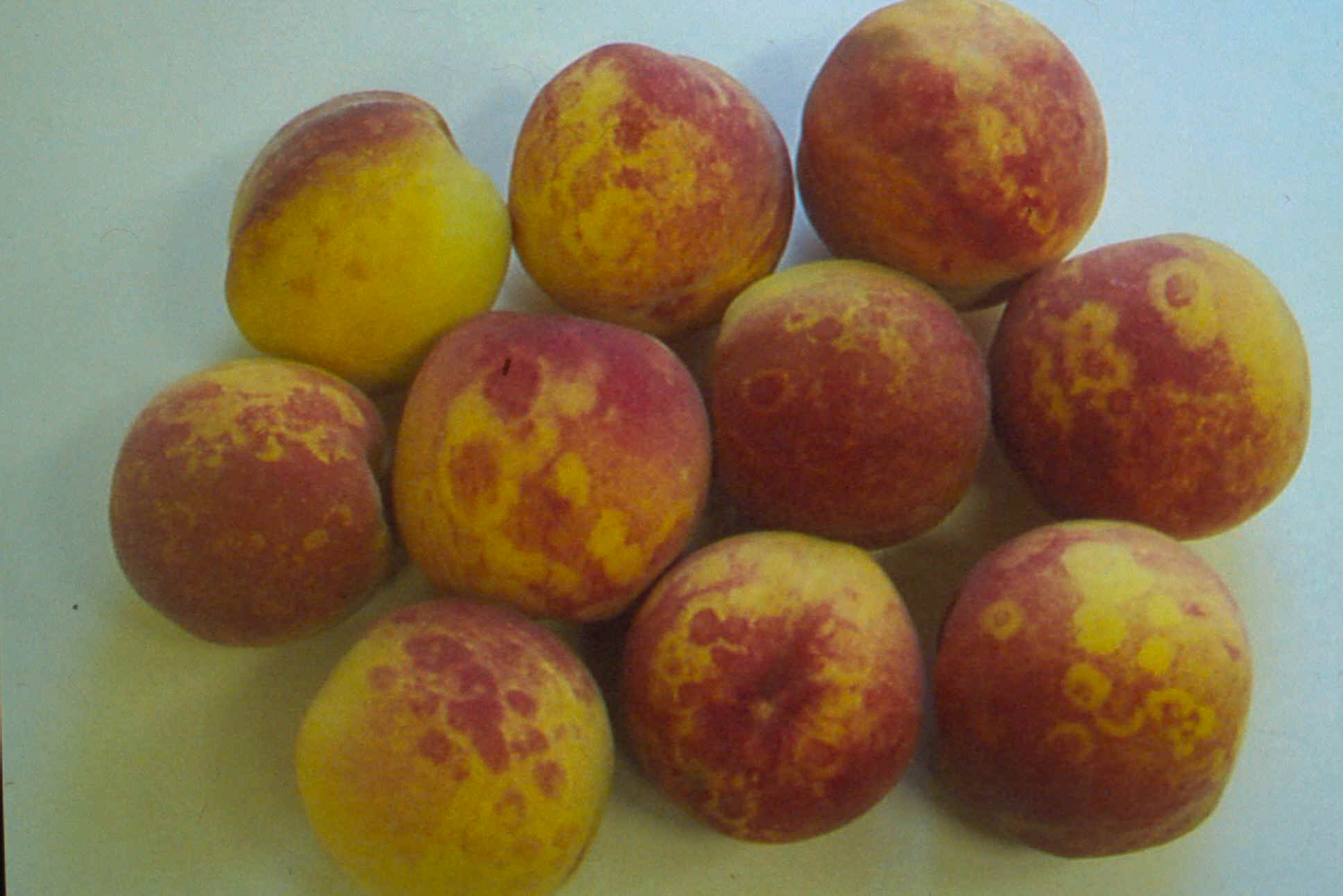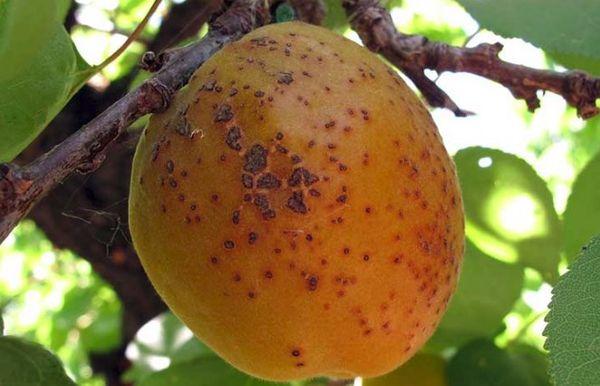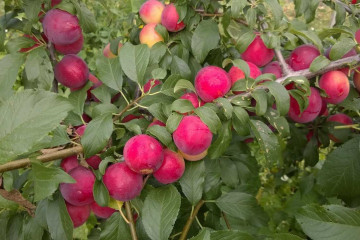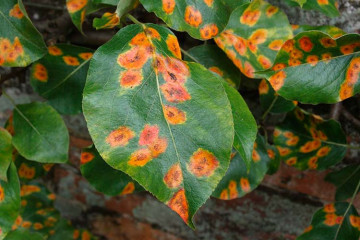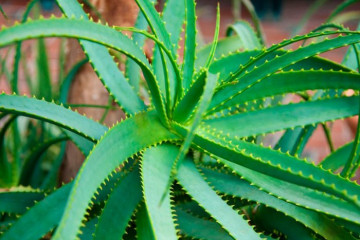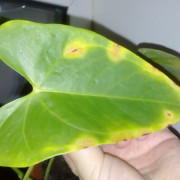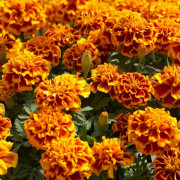Black dots on apricots - methods of treatment and prevention
Content:
The apricot tree is considered one of the most popular among summer residents and gardeners. Its harvest is eaten fresh, preserves, jams and compotes are made from it. And although this culture is distinguished by its unpretentiousness, in some cases it can become a victim of various diseases. One of the most common problems is disease, when brown spots like a crust appear on apricot fruits. To prevent them from spreading, you need to know the causes of the problem and how to deal with it.
Why do apricots have brown spots and dots?
Often, with improper care, diseases and pests have a negative impact on the quality of the crop. Harmful microorganisms provoke damage to the bark, foliage, as well as black dots on apricots. As a result, the surface of the peel is covered with dark specks.
If the gardener noticed similar signs on the fruits of his tree, this means that the tree is damaged. There are several common conditions that cause apricots to be covered with black or brown dots. It is difficult for an inexperienced gardener to determine at first glance what exactly caused the appearance of spotting. Therefore, it is worthwhile to familiarize yourself in advance with diseases that have a negative impact on the quality of the crop.
What diseases do dark spots on fruits indicate?
A change in shade on apricot fruits may be associated with the development of several types of diseases. Most often, gardeners are faced with the following problems.
Moniliosis
This fungal disease is one of the most common among fruit trees. It can be identified by the appearance of black spots on the surface of the leaves.
If you start the situation and do nothing, then all the foliage will turn dark. Outwardly, it will be as if she was scorched by fire. Together with the foliage, the apricots themselves and the tree branches can be covered with dots. If the gardener does not notice the development of moniliosis in time, then he should not count on a good harvest. All fruits will be spoiled, and the tree may die.
Clasteosporiasis
This fungal disease can also affect the apricot tree. As a result, dark specks will appear. They can be up to 3 mm in diameter and have reddish edges.
In addition, the fungus begins to infect the trunk and shoots of the tree, its foliage. At first, small holes appear on it, then it completely falls off.
If you do not engage in treatment, then the fruits are also affected by clteosporia. Burgundy spots are formed on them, which increase with the size of the apricot. It is also possible the formation of growths, from which gum will stand out.
Gray fruit rot
This type of fungal disease is characterized by the appearance of decaying areas on the surface of trees. On the apricots themselves, there are spots of an ash-gray hue.
Ring pox
This disease is especially active in those seasons when, after a cold winter, a warm spring comes abruptly. Because of this, young shoots and leaves almost completely stop growing, and the tree begins to dry out.
Later, when fruits appear, ringpox also affects them.This can be understood by the fact that apricots begin to swell, and dark spots appear on their surface, similar to rings. At the same time, cracks appear on the skin through which ringpox penetrates into the pulp of the fruit and damages it.
Thus, the appearance of any suspicious spots on the surface of the fruit does not bode well. This means that the tree is affected by a disease, and urgent action is needed to treat the apricot.
Treatment and prevention methods
It doesn't matter why the speckled apricots started to appear on the tree. In any case, it is necessary to take measures to prevent the development of the disease. There are also several effective preventive measures that you can use at your summer cottage.
It is very important not to neglect these recommendations, because if nothing is done, then the fruit tree may die and no harvest can be obtained from it. Experienced gardeners are advised to start treatment at the initial stages of the development of diseases. To do this, it is important to follow the basic recommendations:
- Even at the stage of planting a tree, you need to pay attention to the health of the seedling. The best option would be to choose a tree grown in a nursery.
- Planting must be carried out in compliance with all the requirements of agricultural technology.
- To reduce the risk of disease or pest damage to the crop, it is recommended to regularly fertilize it with useful compounds.
- All tools used to maintain the garden must be decontaminated. This procedure must be carried out frequently. It is not recommended to process several trees with the same tool.
- To reduce the risk of infection during grafting, it is necessary to warm it up before grafting. The recommended heating temperature is 50 ° C.
- So that the fungus does not persist throughout the winter in fallen leaves, it must be constantly removed from the site.
- Some types of fungus are carried by pests. Therefore, trees should be regularly treated with insecticides. Also, do not neglect the whitewashing of the trunk and tree branches.
Can apricots with dark spots or dots be eaten?
Many inexperienced gardeners often wonder if fruits with dark spots can be eaten. In the case of apricots, it all depends on the degree of damage. If the areas with dots are not large, then they can be cut out, and the pulp can be heat treated. Fruits with a large area of infection are best discarded.
Spotting on apricots is one of the most common diseases. However, when all preventive measures are taken, the risk of its occurrence can be reduced. It is highly advisable for novice gardeners to study the symptoms of the most common diseases in order to accurately distinguish moniliosis from fruit rot. Then it will be possible to treat the plant in time with the correct fungicide.
